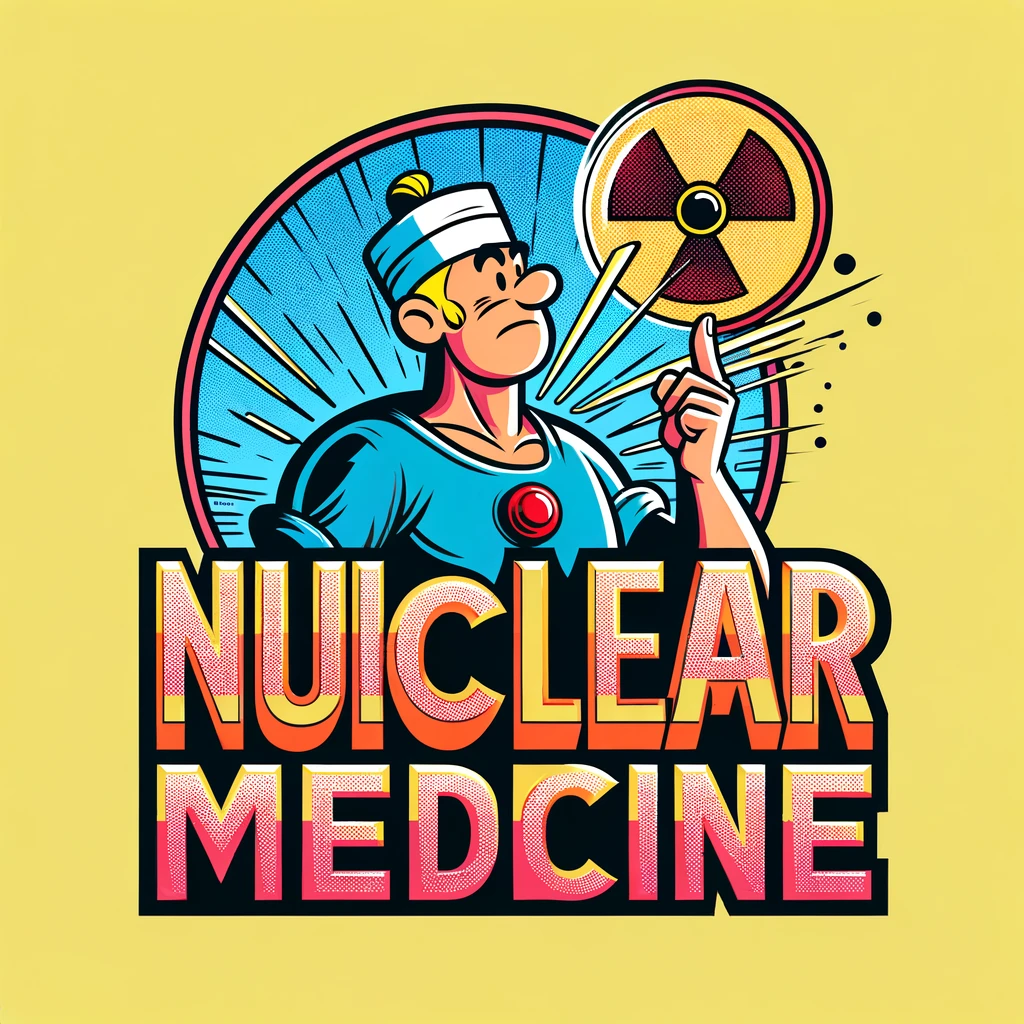Explore the pivotal role of the p53 protein in cancer therapy and how its complex network of interactions can be the key to unlocking new treatment strategies in the dynamic field of nuclear medicine.
– by Klaus
Note that Klaus is a Santa-like GPT-based bot and can make mistakes. Consider checking important information (e.g. using the DOI) before completely relying on it.
Cell fate regulation governed by p53: Friends or reversible foes in cancer therapy.
Song et al., Cancer Commun (Lond) 2024
DOI: 10.1002/cac2.12520
Ho-ho-ho! Gather ’round, my little elves, for a tale not of toys and reindeer, but of a battle against a most mischievous villain—cancer. In the land of medicine, the healers have been working tirelessly, combining their potions of chemotherapy and radiotherapy with the magic of immunotherapy, all to bring joy and health to those in need. But, my jolly friends, there’s a hero in this story, known by the name of p53, encoded by the TP53 gene, a guardian of the cellular north pole, if you will.
This p53, much like yours truly, oversees a workshop of genes, ensuring they’re busy with tasks like cell cycle arrest, DNA repair, and the grand finale—apoptosis. But, oh, what’s this? Recent scrolls have unveiled that p53 has more tricks in its sack! It dabbles in ferroptosis, a process as fiery as Rudolph’s nose, and plays a part in immunity, the tumor microenvironment, and even the metabolism of the microbiome, which, I must say, sounds as complex as navigating a blizzard.
Now, the plot thickens, for p53 is as mysterious as the Northern Lights. Its evolutionary plasticity—fancy talk for its ability to adapt—is as controversial as whether to leave out cookies or mince pies for me on Christmas Eve. Nearly 40 years since its discovery, and it still keeps secrets, like an intricate snowflake, unique in its structural biology.
Alas, when p53 turns to the dark side, with mutations more naughty than nice, it aids the cancer cells in their relentless growth, much like weeds in a garden of hope. But fear not, for the healers have not given up. They’ve been studying how this altered p53 affects the response to their healing arts, and they’re devising new strategies to target p53, hoping to bring it back to the side of good and cheer.
So, as we wrap up this tale, let’s remember the ongoing saga of p53, a protein that, much like Christmas, is full of surprises and hope for miracles in the fight against cancer. Keep the milk and cookies ready, for we may soon celebrate a victory as sweet as a holiday treat! 🎅🎄
